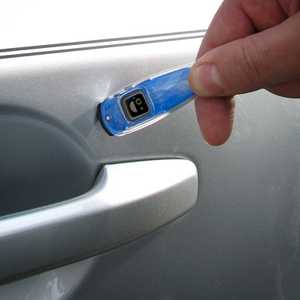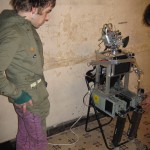Sorry, post in dutch only
Met de winter voor de deur en temperaturen zo’n beetje rond de 0°C wordt het weer opletten voor statische ontladingen! U kent het wel; autodeuren en zoenen met geknetter 🙂
De boosdoener in dit verhaal: ‘de relatieve vochtigheid’. Op lenntech.com kan je met een ‘relatieve luchtvochtigheid-calculator’ berekenen hoe je het geknetter wegwerkt of juist in de hand werkt!
We lezen er ook nog het volgende:
Voor een prettige werkomgeving is het van belang dat de relatieve vochtigheid niet onder de 40% komt. Wanneer de relatieve vochtigheid lager wordt dan 40%, kan dat leiden tot een hogere kans op ziektes. In het algemeen kan gezegd worden dat problemen die worden veroorzaakt door droge lucht verschillen, maar er kunnen drie hoofdproblemen worden onderscheiden: statische electriciteit, vocht stabiliteit en gezondheid.
Statische Electriciteit
Droge lucht kan de oorzaak zijn van statische elektriciteit in een omgeving. Statische elektriciteit kan verminderd worden door de relatieve vochtigheid te verhogen. De machines in een machinepark geven statische elektriciteit af door de wrijving die ontstaat. Naarmate er meer machines zijn en naarmate ze langer werken, neemt de wrijving toe en dus ook de kans op statische electriciteit. Dit gebeurd vooral bij de droge elementen van een machine. In een ruimte met computers is er ook een probleem met statische electriciteit. De meeste statische electriciteit wordt veroorzaakt bij een relatieve vochtigheid tussen de 30 en 35%.
Voor wie het geknetter liever ziet gaan dan komen bestaat er uiteraard, …. een gadget! De Static Electricity Eliminator (Avoid Electrical Jolts)






































